Expect collagen stimulation for long-term skin rejuvenation – and immediate lifting effects with certain thread types.
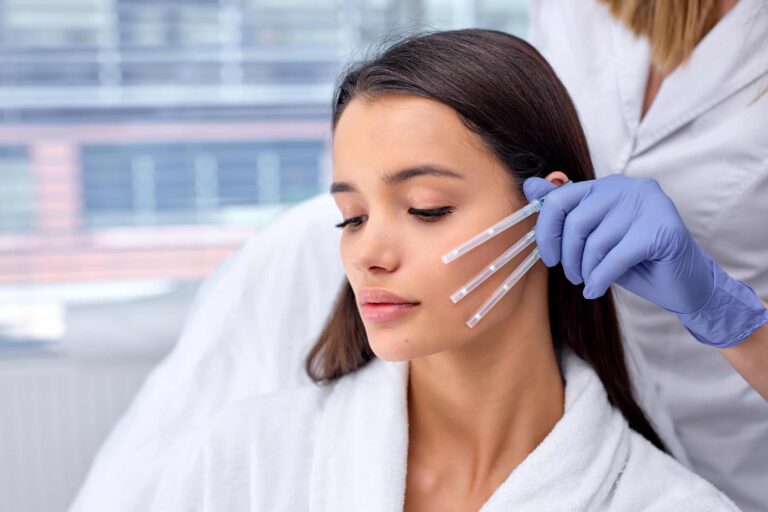
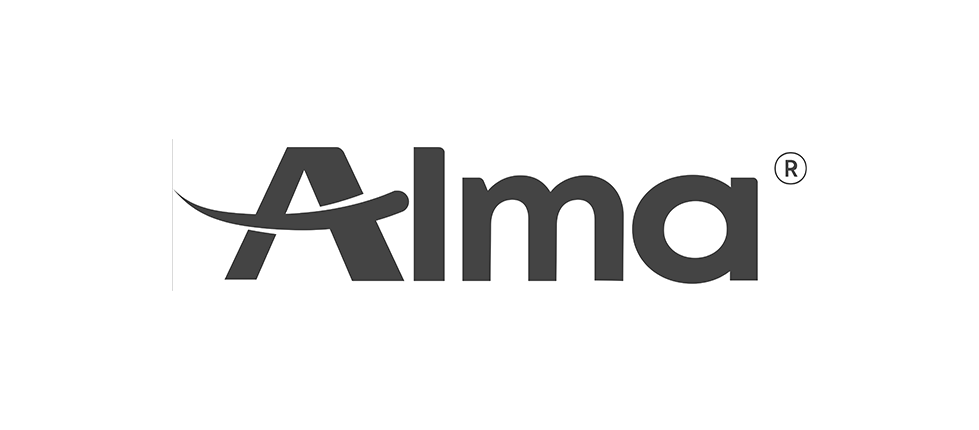
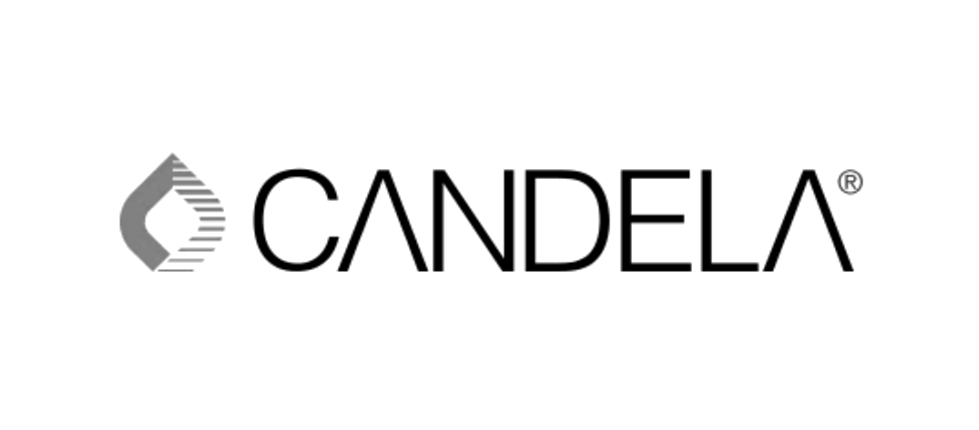
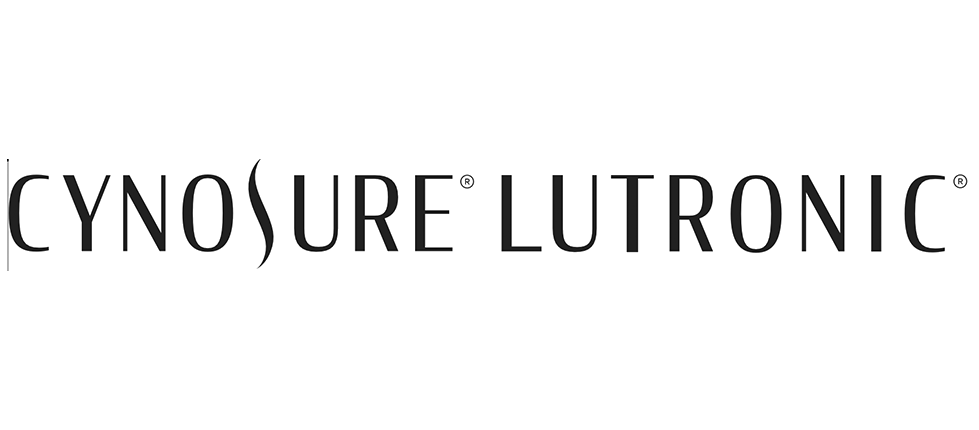
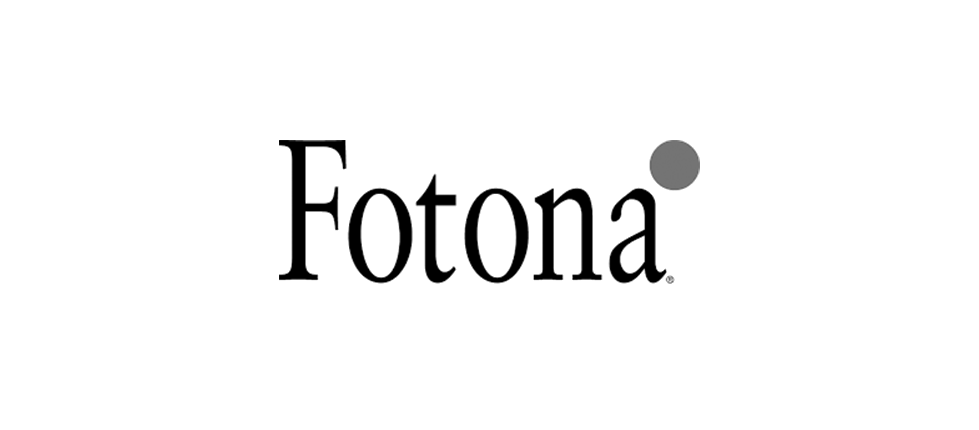
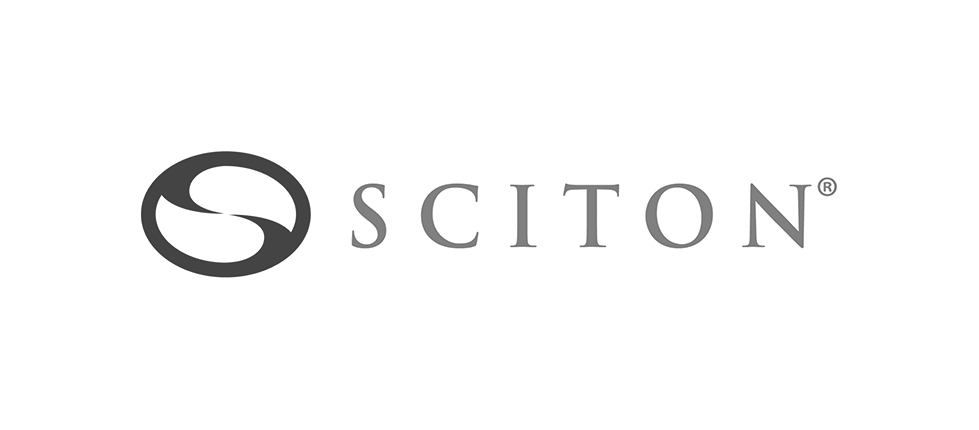
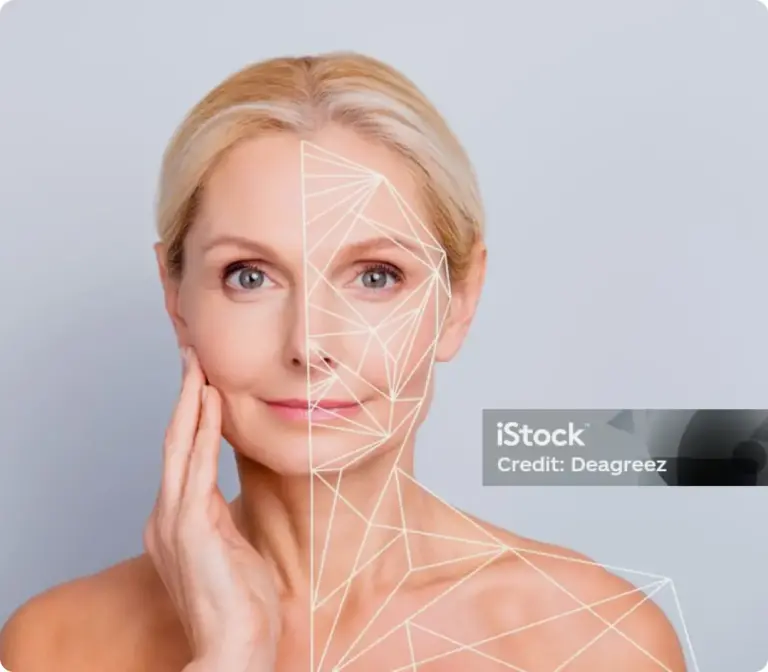

Subtle, youthful appearance without dramatically altering facial features.
Complete treatment effects may take weeks to months to become apparent as new collagen forms.
Maintenance treatments may be required to sustain results of PDO thread procedures.
Medically reviewed by
Dr. Christina Mitchell, MD | Dermatologist
They are used in non-surgical facelifts, skin tightening, and contouring to lift sagging skin and stimulate collagen production.
A provider inserts the threads using a needle or cannula. The threads dissolve naturally, leaving a supportive collagen structure.
In PDO thread procedures, there are two primary types of threads: lifting threads (barbed) and smooth threads. While both types share the goal of skin rejuvenation, they serve distinct purposes and are used differently based on the patient’s needs.
PDO thread lifts commonly use barbed threads that physically anchor to and lift the skin. The barbs on these threads allow them to securely hook into sagging tissue, creating an immediate lifting effect that can reposition areas affected by gravity and collagen loss. This makes them a non-surgical alternative for treating issues like sagging cheeks, nasolabial folds, and jowls.
Lifting threads are ideal for patients looking for structural support and a more visible contouring effect, as they effectively pull the skin back to reduce the appearance of smile lines and provide definition in areas like the jawline and cheeks. The results from lifting threads are often instant, with continued improvement as collagen production increases in the weeks following treatment.
Smooth threads differ in both form and function. Without barbs, these threads do not provide a lifting action. Instead, they are used in a mesh or crosshatch pattern to stimulate collagen production gradually. This makes smooth threads more suitable for treating fine lines, wrinkles, and mild skin laxity, as they encourage the skin to tighten naturally over time without changing the structural contours of the face.
Smooth threads are particularly useful for areas with more subtle laxity, such as the under-chin area or for improving skin texture in delicate regions. The results from smooth threads emerge more gradually, ideal for patients seeking a subtle but steady enhancement.
Your provider will select the appropriate thread type after reviewing your goals, skin condition, and treatment area. Patients looking for a noticeable lift to treat more pronounced sagging might benefit more from lifting threads, which can provide immediate structural support. On the other hand, patients focused on fine lines, wrinkles, and mild skin tightening without the need for contouring may find that smooth threads are a better fit.
In some cases, a combination of both types may be used to achieve a balanced result, blending the structural lift from barbed threads with the skin-smoothing and tightening effects of smooth threads.
However, the results may not be as dramatic or long-lasting as surgical facelifts, and they may not be suitable for significant sagging or excess skin.
However, the results may not be as dramatic or long-lasting as surgical facelifts, and they may not be suitable for significant sagging or excess skin.
Discuss the potential benefits, risks, and limitations with a qualified practitioner before making an informed decision based on individual circumstances and aesthetic goals.
Healing after a PDO thread lift varies but generally involves:
Potential complications include:
The downtime required for skin treatments can vary from several days to a week, depending on the intensity of the erbium laser treatment. During recuperation, it is typical for the skin to swell and develop a rough texture. Initially, the skin may feel tender, leading to itchiness and discomfort.
Ensuring the protection and retention of skin moisture during the healing phase is essential. This includes using ointments and heavy creams and gradually shifting towards lighter creams and serums as skin healing progresses.
The longevity of PDO thread lift results varies depending on each individual’s response, lifestyle, and the number of threads used. Lifting effects typically last several months to more than a year.
Lifting threads dissolve in six to nine months, and collagen deposition begins, strengthening the skin. Maintenance treatments may help sustain results, as PDO threads do not stop aging.
Practitioners recommend regular follow-up appointments to assess results and determine the need for additional treatments.
You can pay from $500-$4,000 depending on body area, provider, and geographic region.
A PDO thread lift may suit those with mild to moderate skin sagging who desire subtle lift and tightening without surgery. A qualified practitioner should assess candidacy, but general guidelines include: